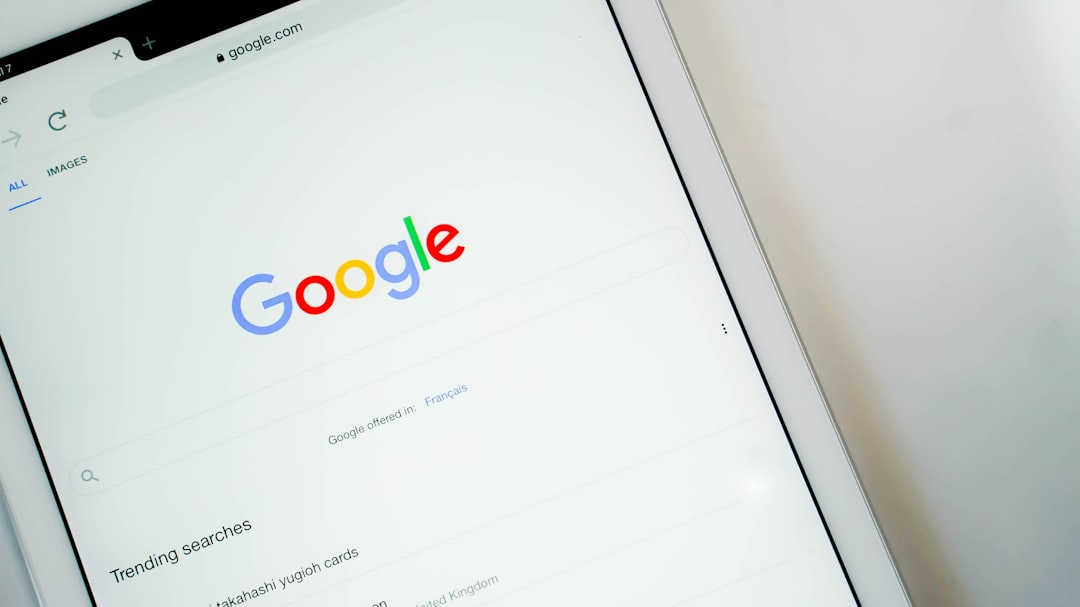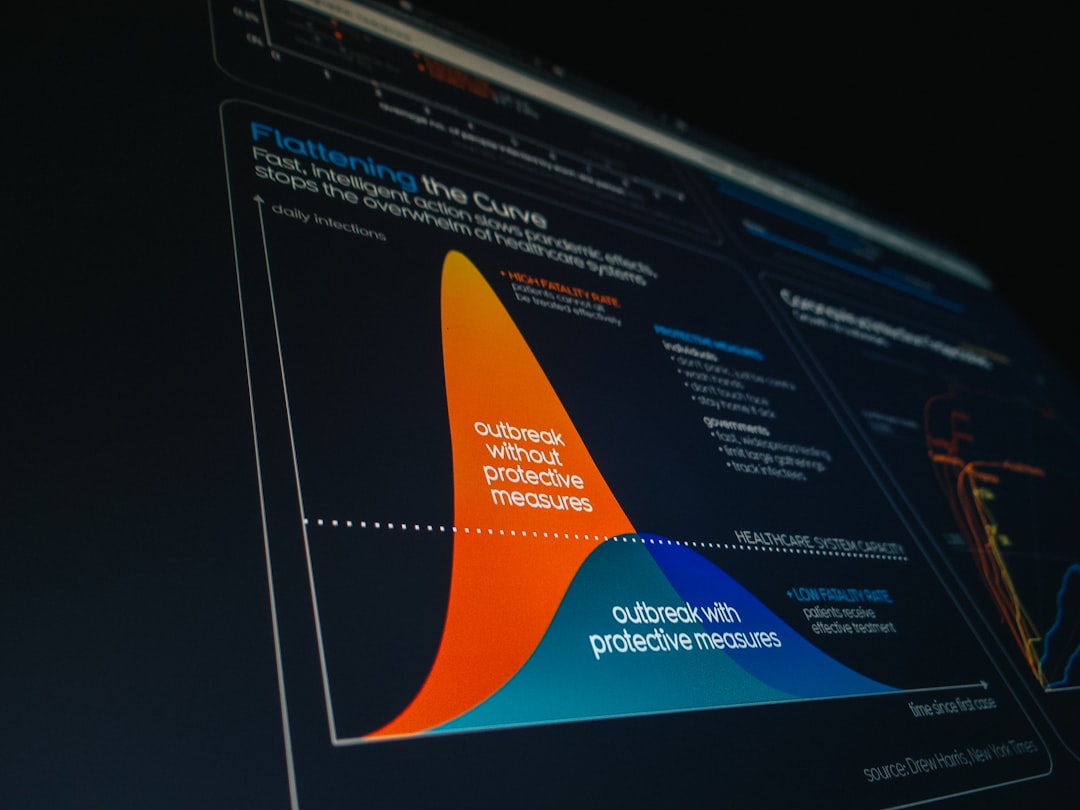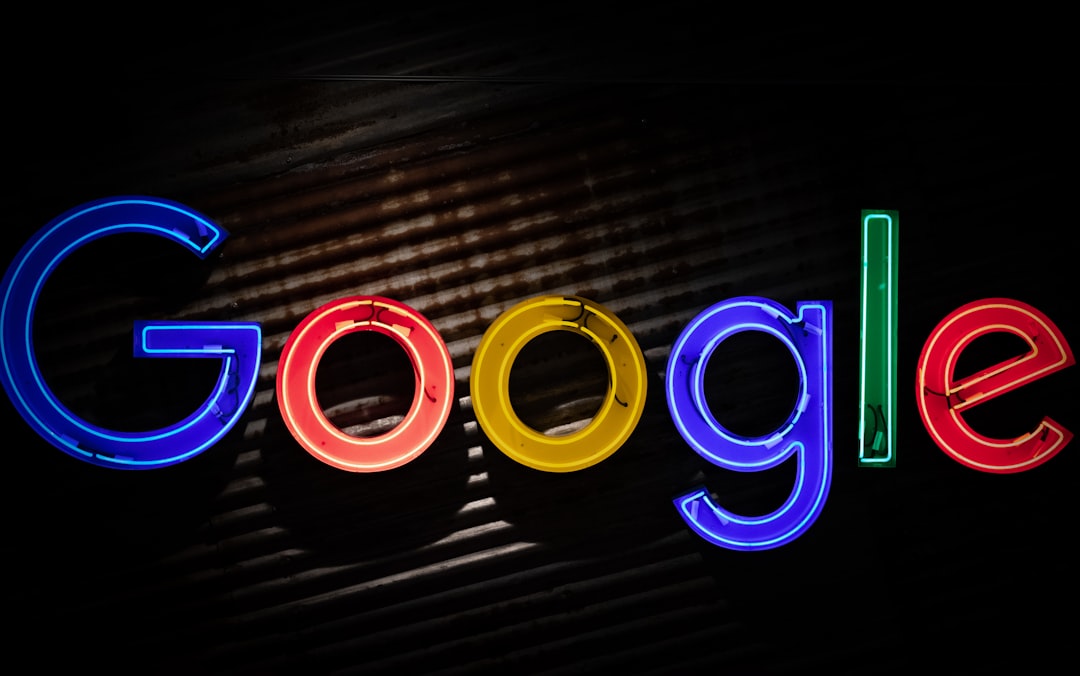With the growing sophistication of analytics and digital marketing tools, understanding the nuances behind reported traffic sources in platforms like Google Analytics 4 (GA4) has become crucial. One term that has started appearing in reports and sparked curiosity among marketers and analysts alike is “Google AI” traffic. What does it mean? How is it categorized in GA4? And most importantly, what should businesses make of it?
Introduction to “Google AI” Traffic
The “Google AI” label in GA4 reports is not an official traffic channel that Google has publicly defined in great detail. However, it’s increasingly being spotted in channel breakdowns, attribution paths, and source/medium dimensions. This label generally refers to traffic that has been identified by Google’s AI-based attribution models as being driven by Google-related machine learning recommendations, predictive search mechanisms, or personalized features powered by AI.
As Google integrates AI more deeply into its ecosystem — especially across Google Search, Discover, Shopping, and Ads — this traffic channel is likely tied to user journeys influenced by automated suggestions, algorithmic placements, and other AI-powered interactions that may not clearly fall into traditional categories like organic search or paid search.
Because of this ambiguity, marketing professionals should understand how GA4 classifies such traffic and what implications it has for attribution modeling, budget allocation, and campaign optimization.
GA4 Traffic Channels Overview
Before diving deeper into “Google AI” traffic, it’s essential to recall how GA4 categorizes traffic into channels. GA4 uses default channel groupings to classify inbound traffic into categories such as:
- Organic Search – Unpaid clicks on search engine results.
- Paid Search – Clicks on search ads (e.g., Google Ads).
- Direct – Users who typed in the URL or came via bookmarks.
- Referral – Traffic from links on third-party websites.
- Organic Social – Unpaid clicks from social networks.
- Email – Traffic from campaigns identified as email marketing.
- Display – Banner, display, or programmatic ad clicks.
- Affiliates – Traffic attributed to affiliate links.
- Other – A catch-all for unclassified or custom-labeled traffic.
“Google AI” does not appear as a default channel, but it can emerge as a source/medium or in custom channel groupings that incorporate how Google’s AI engines attribute impact or recommend content via various user-facing experiences.
Where Does “Google AI” Traffic Come From?
Though limited official documentation is available, anecdotal and indirect evidence points to a few key sources for “Google AI” traffic:
- Google Discover: This card-based feed on Android devices and within the Google app is driven heavily by AI and user behavior predictions.
- Search Generative Experience (SGE): In this evolving feature, Google is testing generative AI responses within search results, sometimes offering links to recommended websites.
- Smart Shopping and Performance Max Campaigns: These ad formats use Google’s machine learning to dynamically place content where it’s most likely to convert.
- Predictive Recommendations: AI-enhanced touchpoints, such as when Google displays suggested articles or products based on browsing history and trends.

Such interactions often bypass traditional URLs or referrer logic, making them harder to classify cleanly. This forces GA4’s machine learning engine to step in and attempt classification, sometimes resulting in custom dimensions like “Google AI.”
How GA4 Treats AI-Powered Traffic
GA4 is built on an event-based data model, allowing for more granular tracking and cross-platform insights. When it encounters ambiguous sources — especially those influenced by Google’s own artificial intelligence features — it may use probabilistic attribution based on a combination of behavioral signals, referrer data, device context, and existing user histories.
As a result, traffic labeled as “Google AI” may not behave like traditional referral or search traffic and might not even be traceable in standard UTM parameters unless explicitly defined. Instead, GA4 uses its own inference models to predict the channel or source that deserves credit for a session or conversion.
Key considerations include:
- Attribution Models: “Google AI” traffic may receive credit under the data-driven attribution model especially when last-click or first-click tracking is insufficient.
- Session Stitching: If a user interacts with Google Discover, clicks on a link, and returns later via a separate channel, GA4 might still link sessions using inferred identities via AI.
- Lack of Clear UTM Tags: Because many AI-powered links within platforms like Discover don’t use UTM-tagged URLs, GA4 needs to infer the traffic origin using modeled data.

Demystifying the “Google AI” Channel Rules
Although not officially documented as part of the GA4 Default Channel Grouping, users can create custom channel definitions or explore Source/Medium reports to see whether GA4 is classifying this traffic under specific patterns.
To analyze “Google AI” traffic in your GA4 reports:
- Navigate to Reports > Acquisition > Traffic Acquisition.
- Add Session source/medium or First user source/medium as a secondary dimension.
- Look for entries like google / ai, google / discover, or custom labels that reference AI-generated results.
- Set up Custom Channel Groupings if this is a recurring traffic pattern to track separately.
While GA4 may improve this classification over time, it’s currently a good practice for marketers to monitor such sources and audit whether the traffic is meaningful and converting.
Interpreting “Google AI” Traffic in Business Context
Marketers and business owners encountering “Google AI” traffic may wonder whether this is a positive indicator or a classification error. In most cases, it signals that Google’s automated systems are successfully pushing relevant content in front of the right audience — a positive outcome.
However, as an analyst, you should:
- Track Trends: Monitor whether this traffic grows over time and impacts conversions.
- Segment Users: Compare behavior metrics like bounce rate, engagement time, and conversion rate for “Google AI” users versus other channels.
- Cross-check with Campaigns: Ensure AI-driven recommendations are not cannibalizing paid efforts without being accounted for in reporting.
- Annotate in GA4: If you notice shifts in traffic share or performance changes, use annotations to track algorithmic updates or Google changes.
Final Thoughts
As analytics evolves and AI becomes even more integrated into digital touchpoints, GA4 users should expect more traffic to originate from indirect or algorithmically-driven interactions. While “Google AI” traffic might introduce ambiguity, it also highlights the power of machine learning to assist discovery, drive traffic, and influence customer behavior in previously unquantifiable ways.
By understanding, tracking, and properly segmenting this traffic, marketers can adjust their strategies, enhance multi-touch attribution accuracy, and better optimize for the evolving landscape of digital interactions.
FAQs about “Google AI” Traffic in GA4
- Q: Is “Google AI” traffic an official GA4 channel?
- No, “Google AI” is not an official Default Channel in GA4, but it may appear due to Google’s machine learning attribution models or inferred channel assignments.
- Q: How can I view “Google AI” traffic?
- Use the Source/Medium or session source dimensions, and look for entries containing terms like “google / ai” or Traffic where the channel is unknown or inferred by modeling.
- Q: Can “Google AI” traffic be influenced by marketing campaigns?
- Yes. Indirectly, Performance Max, Smart Shopping campaigns, or organic Discover content recommendations can drive such traffic, largely influenced by AI-powered engines rather than explicit ad clicks.</



